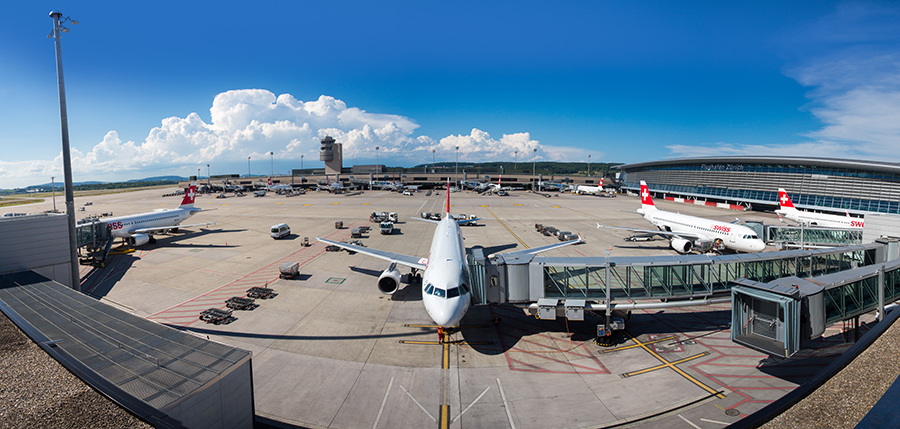DATA EXCHANGE STANDARDS MINIMISE NETWORK DISRUPTION
This Solution was formerly part of PJ.04-01-W1
As large airports have a major impact on the performance of the whole network, sharing information during normal operations and in severe disruption scenarios helps to manage traffic flow and benefits from common standards of data exchange. Standards development under SESAR 1 needs to be finalised to create a European standard.
Sharing information in the airport operations plan (AOP) is necessary to create a complete picture of expected flight events and their impact on the network. This includes data to determine target off-block time (TOBT) and target time of arrival (TTA) to enable the user driven prioritisation process (see solution PJ.07-W2-39) and to better manage anticipated disruptions. An efficient interface requires all nodes feeding into the network operations plan (NOP) to adhere to common data parameters. In addition, there is a need to ensure compatibility between airport and network systems, as well as improve the capability of those systems to exchange data.
This candidate solution aims to rationalise and improve the data sets exchanged between the airport and the network through the integration of AOPs into NOP to provide standardised services/applications. There is also a need for new collaborative operational procedures in disrupted conditions, supported by tools, and capable systems to better manage disruptions, and speed up of the recovery to normal operations.
BENEFITS
Enhanced efficiency
Added flexibility
Improved predictability
Improved airport resilience

